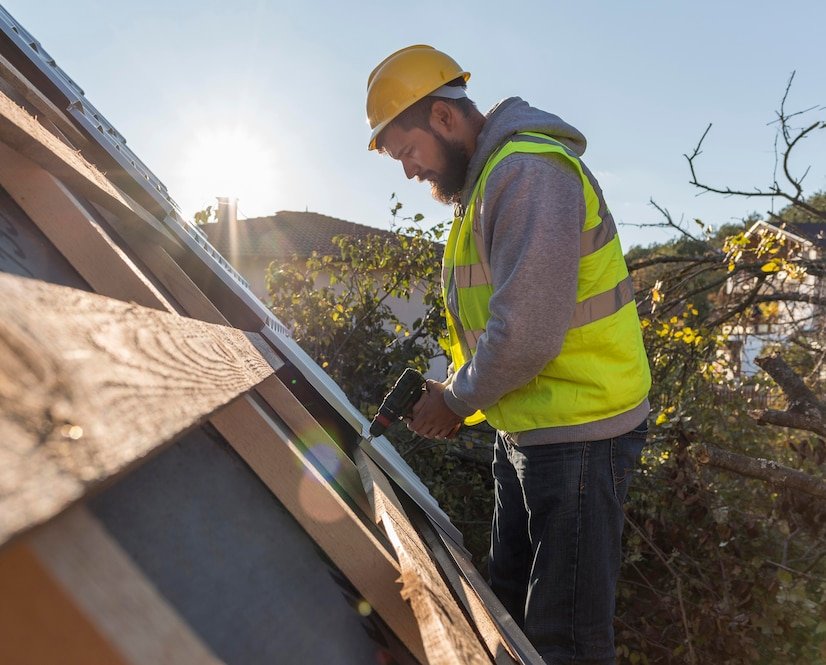Proper roof ventilation is essential for maintaining the longevity of your roof, improving energy efficiency, and preventing costly damage to your home. If your attic or roof is not adequately ventilated, it can lead to a range of issues, including mold growth, excessive heat buildup, and premature roof deterioration. In this guide, we’ll explore how to diagnose and repair common roof ventilation problems.
Signs of Poor Roof Ventilation
If your roof isn’t ventilating properly, you may notice one or more of these warning signs:
- High Energy Bills: Inadequate ventilation can trap heat in your attic, forcing your HVAC system to work harder.
- Mold and Mildew Growth: Moisture buildup in an unventilated attic creates an ideal environment for mold and mildew.
- Ice Dams in Winter: Poor ventilation can cause uneven roof temperatures, leading to ice dams that damage shingles and gutters.
- Roof Deterioration: Excess heat and moisture can cause shingles to curl or warp prematurely.
- Musty Odors or Stale Air: If your attic smells musty, it may indicate excess moisture due to poor airflow.
Common Roof Ventilation Issues and How to Fix Them
1. Blocked or Insufficient Intake Vents
Intake vents (usually soffit vents) allow fresh air to enter the attic. If these vents are blocked by insulation, debris, or paint, airflow will be restricted.
- Solution: Ensure that soffit vents are clean and unobstructed. If necessary, install additional vents to improve airflow.
2. Inadequate Exhaust Ventilation
Exhaust vents allow hot air to escape from the attic. If there aren’t enough vents or they are improperly placed, heat and moisture can accumulate.
- Solution: Install ridge vents, turbine vents, or box vents to improve exhaust airflow. Ensure that intake and exhaust vents are balanced for optimal performance.
3. Mixed Ventilation Systems
Using multiple types of exhaust vents (e.g., ridge vents and box vents together) can disrupt airflow and create ventilation inefficiencies.
- Solution: Stick to one type of exhaust venting system to ensure proper airflow dynamics.
4. Poorly Installed or Damaged Vents
Damaged vents can allow water and pests to enter, causing further issues.
- Solution: Inspect vents regularly and replace any damaged components. Use high-quality materials to prevent leaks and deterioration.
5. Lack of Proper Insulation and Vapor Barriers
Poor insulation can contribute to condensation problems, while a lack of vapor barriers allows excess moisture to enter the attic.
- Solution: Install proper attic insulation and vapor barriers to regulate temperature and humidity levels.
When to Call a Professional
While some ventilation issues can be addressed with basic DIY fixes, severe problems may require the expertise of a professional roofer. If you suspect major ventilation problems, contact an experienced roofing contractor for an inspection and customized solutions.
At Roofers.io, we connect homeowners with trusted roofing professionals who can diagnose and repair ventilation issues efficiently. Don’t let poor ventilation compromise your roof’s integrity—get expert help today!

